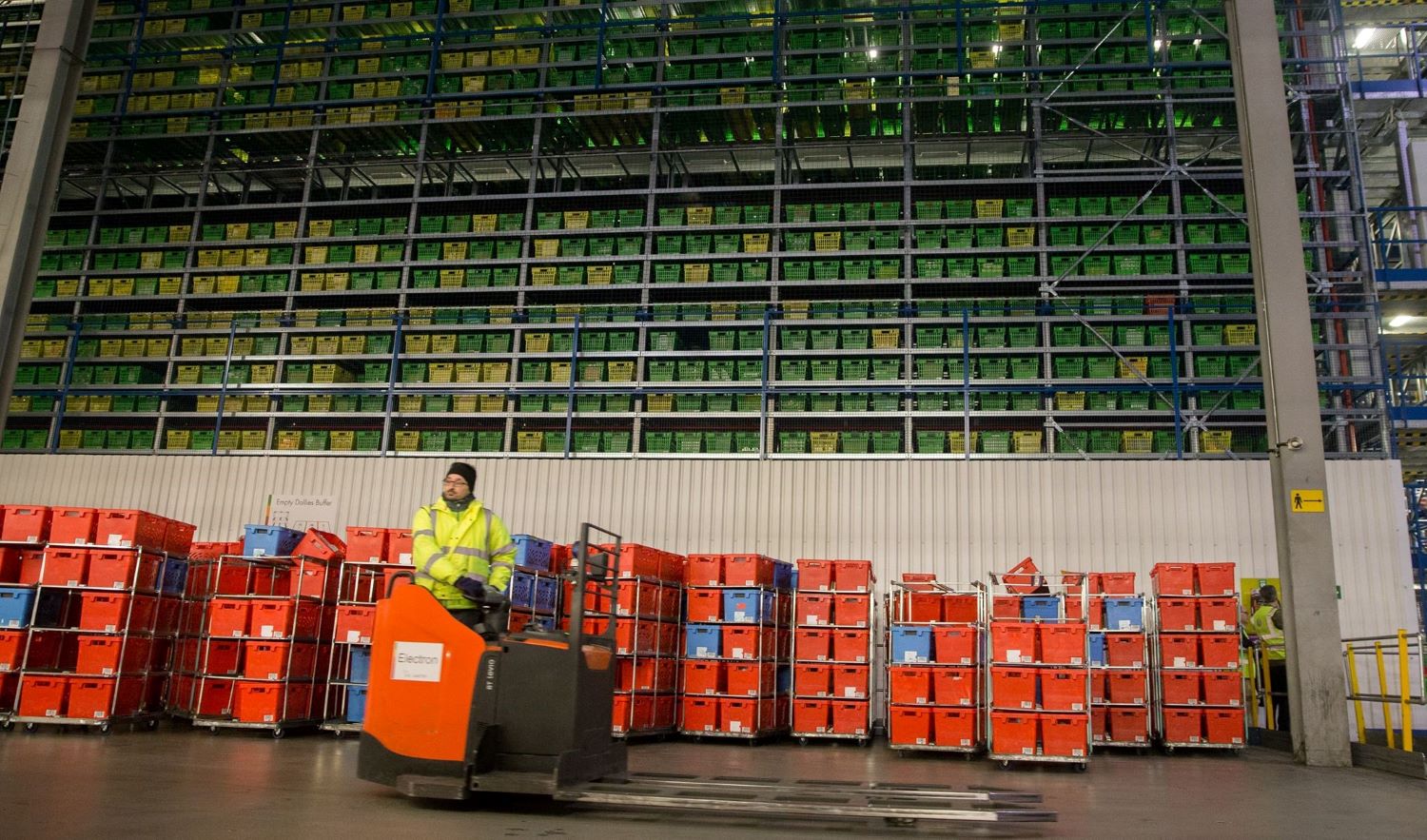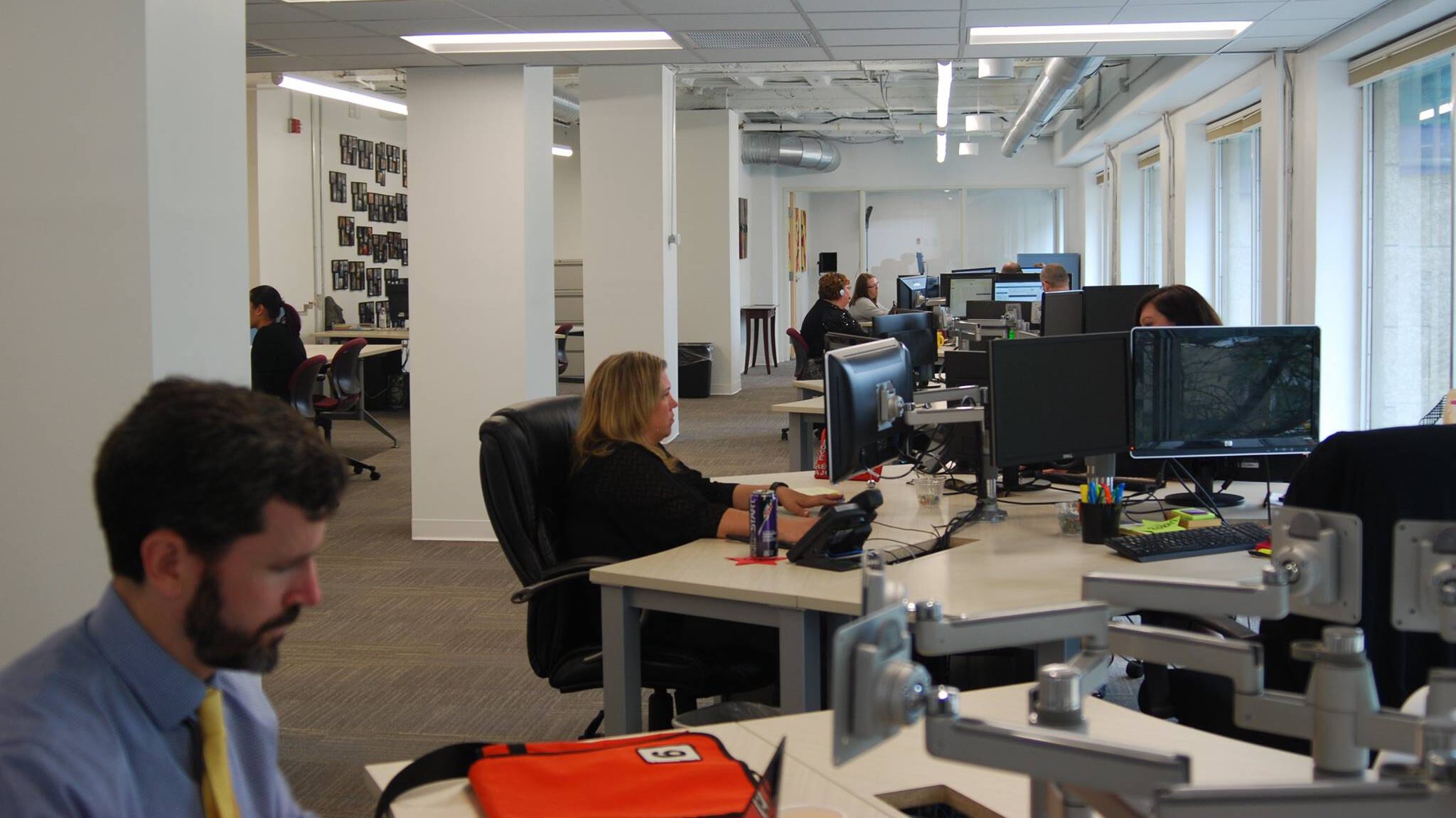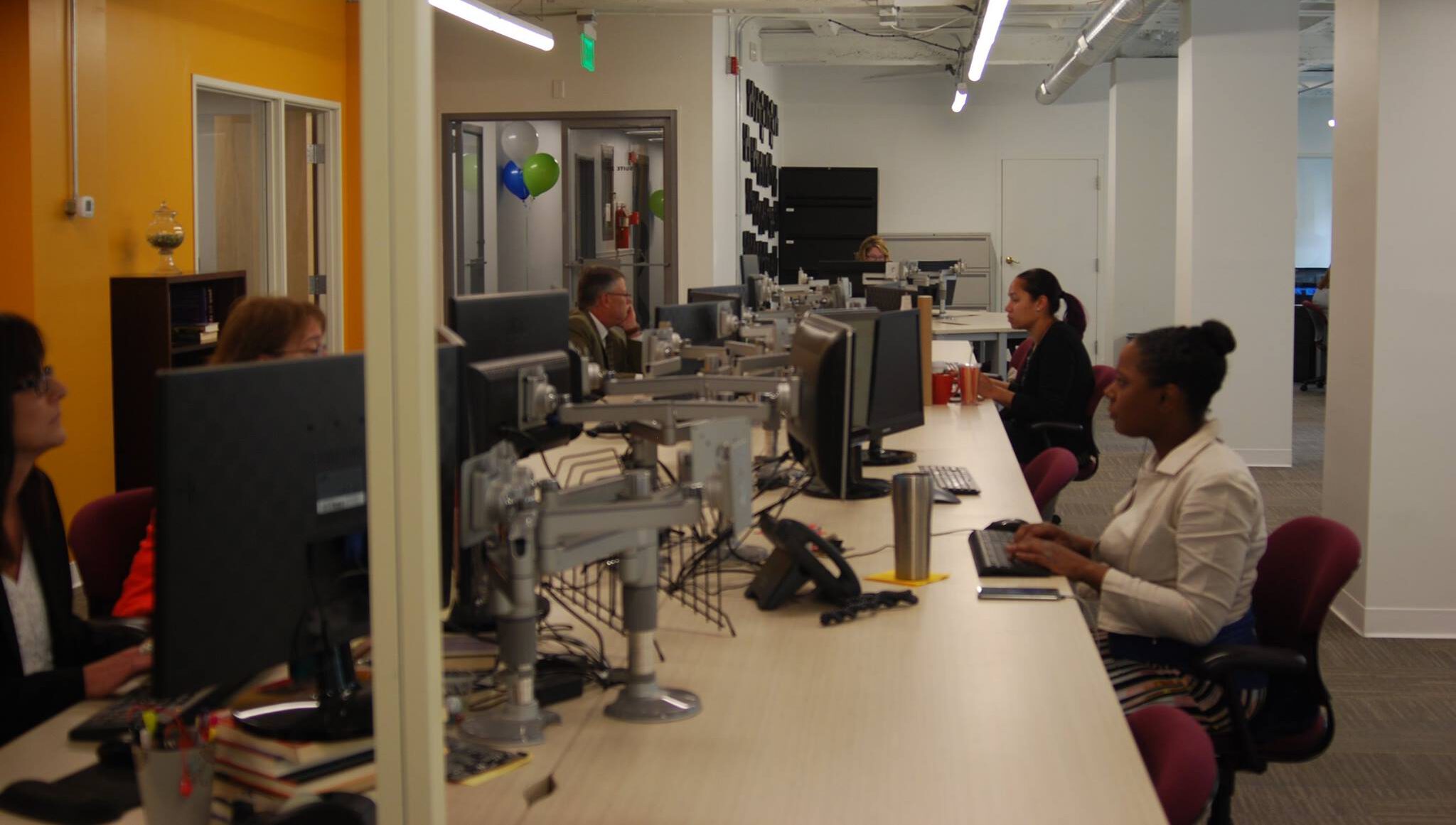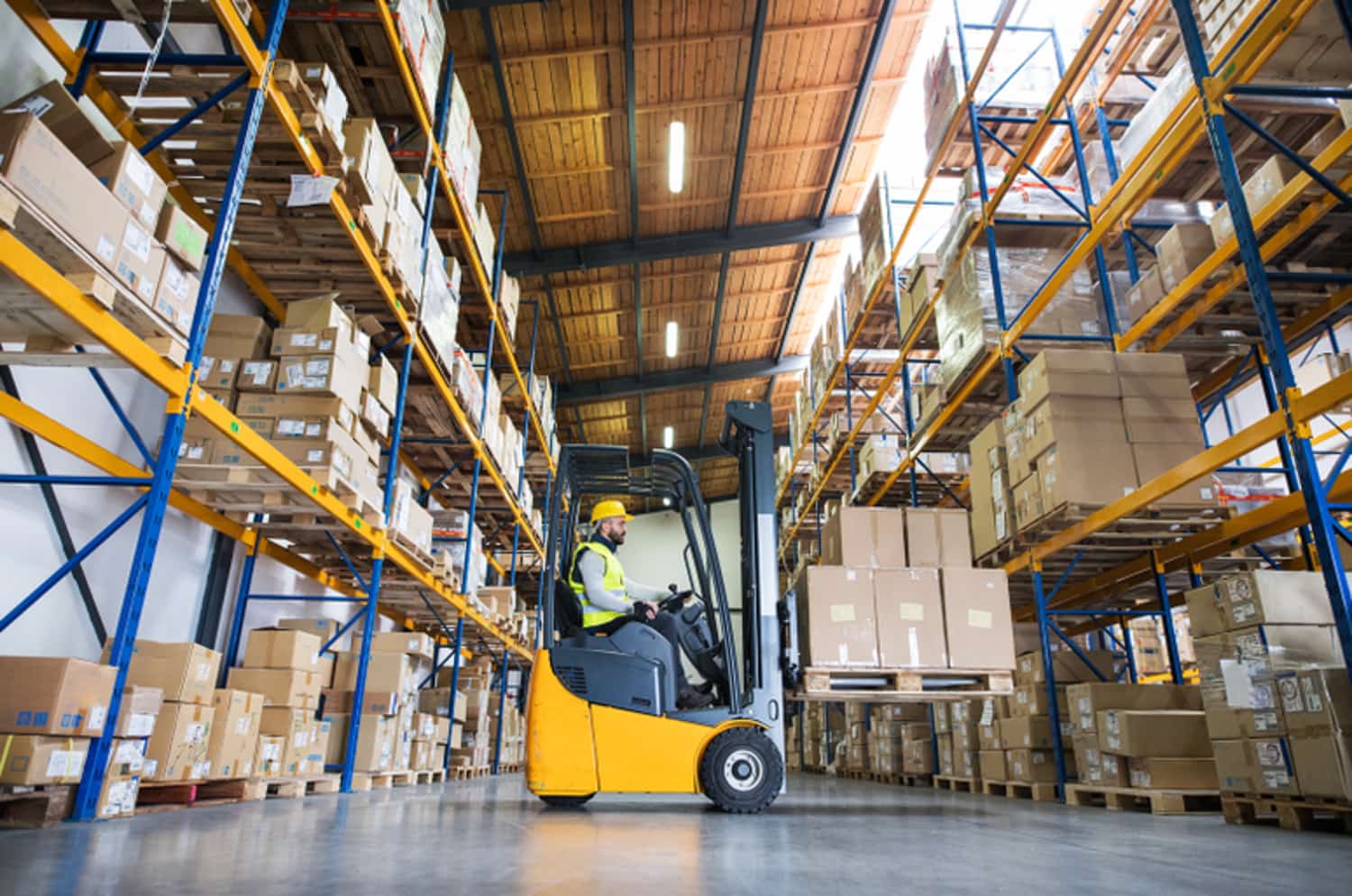What Can Small Business Leverage from the Warehouse Surge?
Soundlessly since the beginning of e-commerce apocalypse till now, the State’s warehouse footprint has been nonstop soaring. After the pandemic, as witnessing the acceleration of e-commerce, warehousing sees growth opportunities than perhaps ever before. Reported by Forbes, US retail e-commerce sales are estimated around $209.5B for the third quarter of 2020 which is an 38% increase from the third quarter of 2019.
Commercial real estate is in strong position with modern warehouses being the centerpiece of warehouse space demand. The rise of e-commerce means retailers continue to add inventory, eventually, there is the need to increase distribution center footprints across the country.
Not only manufacturers are digging hard to diversifying their supply chains created more opportunities for third-party logistic companies. Retailers and wholesalers are also reaching out to more and more consumers together and has dramatically driven the warehousing growth.
The Rise of Warehouse Demand
Recent research from CBRE shows that $1B in incremental e-commerce sales result in 1.25 million square feet of warehouse space demand. As a result, net absorption in 2021 is estimated to reach over 250 million square feet.
That partly explained the projected record-high levels of new warehouse construction in urban cores, even though, high costs and land constraint are still a limiting factor here. Which can be translated into how retail buildings are expected to see a surge in adaptive reuse for industrial occupiers in the upcoming years, because of the fact that America has far overbuilt retail space.
Your local big-box retail property that has sat vacant for the last five years could become a warehouse for shipping and logistics. That is a great example for adaptive reuse, it allows developers to revive a building that no longer serves the community and alter it into a higher and better use.

The diverse business climate and friendly atmosphere of metro area make it a feasible market for e-commerce companies, occupiers and distributors. Apart from the east-west corridor, the relatively underutilized north-south corridor and the farthest west corridor can soon become the hot spots for new warehouse development.
Despite the challenges of inventory control, tech trends or new building features, industrial demand from investors and occupiers will remain robust in the years to come. And all that has made an introduction for on-demand warehousing.
How SMBs Are Being Constrained and What Is on-Demand Warehousing?
SMBs are being constrained by growth.
While rocketing demand sounds promising for businesses, there are still problems to solve. It’s the overwhelm of order growth, storing products can cause you major headache if you are running out of space and lack in capital. As SMBs cannot yet afford their own warehouse, third-party logistics (3PL) fulfillment service has been a choice for a while till on-demand warehousing becomes a thing.
It’s a new disruption in the inventory space, an online market that connects businesses who have spare warehouse space with ones that in need. The catch is that it available for temporary purposes and are prepared to use the service on a pay-per-use basis. Like an Airbnb for your inventory.
They’re also prepared to share it whenever they have no need for a huge warehouse space all to themselves and have the labor capacity to help out with storing and shipping orders. Low vacancy rates are now becoming the norm and businesses want to put their space to good use.
Check Boxes If Your Business Matches This Warehousing Model

#1 When you company relies on a single season
If peak season is your only season for the majority of your revenue, it makes more sense to leverage an on-demand warehouse for that specific time than to pay for a year-round lease.
#2 When it’s time to outsource to save resources
If the company’s resources are limited, its best to outsource functions that fall outside your strengths, and logistics or warehousing are usually one of those. By working with an “store it and ship it” services, your operation can devote its precious resources for another important area like product development, R&D, or employees.
#3 Inventory overflow
Temporary warehouse space will still be needed even when your company has its own distribution network. Since expansive new product launches, stock piling of raw materials or importation of a year’s worth of goods can create the need for extra storage space. Not to mention other shipping issues.
#4 Micro-warehousing
If your company sells (and needs to store) goods and products near population centers that use them more than other areas, like Ohio State branded products in Ohio, air conditioners in the southeast, or snowblowers in the northeast, then you could benefit from temporary warehouse space outside of your existing distribution network.
How Does On-demand Warehousing Impacts SMBs?

Image Source: Eastern Wincosin
SMBs may cannot afford a whole logistics background as big players, but because that does not necessary. Investing in warehousing real estate, means lower budgets for your product development, marketing or even employees’ benefits. Yet SMBs still need help with tracking, storing and fulfilling goods, which important part can make or break a business.
While third-party logistics (3PLs) can escalate into months to hook up, demand projections are needed, and also not a so much of ideal option if you are looking for a short-term contract that does not tie you into a 1 year minimum.
In the other hand, on-demand warehousing allows SMBs to operate cost-effectively on a level playing field with the big players.
Proponents of the on-demand model argue that by paying for warehousing and fulfillment on a transactional basis, SMBs can reliably predict their supply chain expenses, saving capital expenditures for other priorities. And no more worries for long-term lease, purchases or labor management.
The other big change is the growth in cloud computing. SMBs can now plug into cloud solutions and gain greater visibility and access to real-time data for multiple warehouses. You can have a network of warehouses on the same software and get started within a day, not months or years. That is an incredibly powerful tool for competing on delivery time.
Companies Dramatically Reduce Office Footprint – New Operation Trend?
While industrial real estate sees rampant expansion, other sector of commercial real estate like office footprint tumbles.
KPMG reported in the 2021 CEO Outlook Pulse Survey, as the office re-openings is happening, a surprising number of CEOs are looking for a return to pre-pandemic office use. 69% of CEO claims they would reduce their office footprint, other 30% says they will have most employees working remotely between two and three days for a week. Only 17% of respondent downsizing their company’s footprint while 14% chooses to examine shared office spaces to increase employee workplace flexibility.
Along with KPMG, CoreNet Global’s last February survey also says workers will spend roughly half of the work week at the office and the remaining time whether in co-working space or home office once the pandemic ends.

Companies will need less space as fewer workers coming in. 54% of the companies surveyed say the overall corporate footprint is expected to be smaller two years from now. The data reflects a changing vision of work that was accelerated by the pandemic.
Regions Financial Corp, meanwhile, told analysts: “Whether through increased use of hoteling, work from home or modified scheduling, we are confident overall office square footage will continue to decline,” as some workers share desks or stop coming into the building.
While companies tend to cut back on their real estate needs during typical recessions, the last year of economic lockdown have shown that many workers can remain productive at home, said Danny Ismail, an analyst at independent research firm Green Street Advisors. As a result, the cutbacks that companies are making are more likely to be permanent, he said.
What SMBs Are Saying on the New Trend of Operation?
Too many businesses are still paying an egregious amount of money for a traditional office space; they have a fancy office building downtown that they’re leasing for tens of thousands of dollars per month and are paying for additional products and services to keep the office functional. Do you really need it?
While offices are important for culture development and integrity. It might work differently with different business sizes. Here is how!
On an interview with INC, many execs explain their shift of vision on how Covid-19 has shaped a new operation trend that they thought could not work. Reducing office footage or working remotely are not only saves companies’ resources but somehow that is what motivates people.
Kathy Wiedner, founder and CEO of KMC University, Colorado shares 80% of her operation at the moment is virtual, with most specialist living and working from home around the country. Wiedner recalls purchased an office condo in 2016 and had up to seven people working there at one point. And then it dwindled to two, she examines selling the condo. Till January last year, the company transitioning to virtual office because of Covid, and that is when they decided to list the condo for sale as working remotely was productive and most of the staff love it. “We estimate that we will save almost $50K per year by closing the office, with little to no loss of productivity,” says Wiedner.

Principle of Synapse Studios, Arizona – Chris Cardinal recalls prior to Covid, he has three remote employees with the remaining 42 spread out across two offices in Arizona. Till the end of the downturn, he did not require anyone to return to the office and offered full-time remote work as an option for all staffs. Still most employees have indicated a desire to come back to the office even if it’s not on a full-time schedule.
“I intend to keep our primary office, but the satellite office lease expires in August 2021. I don’t see a path forward that makes sense in terms of keeping that space, even with a vaccine,” Cardinal insists.
Another case with Eileen Chen, Las Vegas owner and president of Rastaclat. The entrepreneur was planning a 7,000-square-foot expansion along with an office renovating contract before the pandemic. But “Covid made us realize that we no longer needed an office space, and we could downsize considerably,” Chen explains. She decided to shift to a completely remote work environment by downsizing from a 10,000-square-foot office to a two-person place at WeWork. As she estimated the company is saving more than $11K per month on rent, printer leases, paper, electricity and tons of other office-related expenses. Those cost have shifted to a phone and internet stipend for the company’s staffs as they are working remotely.
What about the ever-remote? Jordan Gurrieri, co-founder and COO of Blue Label Labs, Seattle says remote working culture has been with his company for 10 years since its founding with 100 percent of employees are all over the country. The past pandemic has only solidified their resilience to ever-changing work environment. Along with that, Gurrieri decided to reduce the co-working space memberships for employees to pay-as-you-go plans to reduce costs that are not delivering much value.
“We’ll remain remote, and perhaps even double-down on reducing travel and in-person meetings to just quarterly company and client events.”
Key Takeaways
Both industrial and office footprint in the commercial real estate is seeing drastically changes.
As an already growing sector prior to 2021, e-commerce boomed during the pandemic. Respond to that, retails stores and small businesses are not only thriving and optimizing their fulfillment center footprints, but also switching to the new inventory model. Which called for the apocalypse of on-demand warehousing.
And while industrial real estate is expanding, office space going downward and opens for a new trend of operation.









